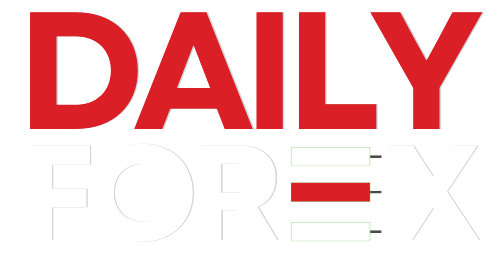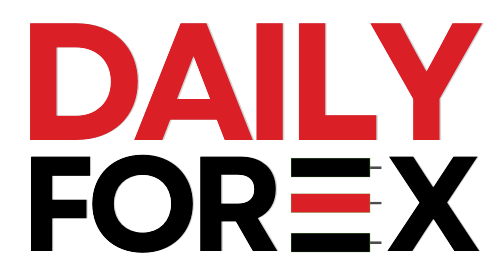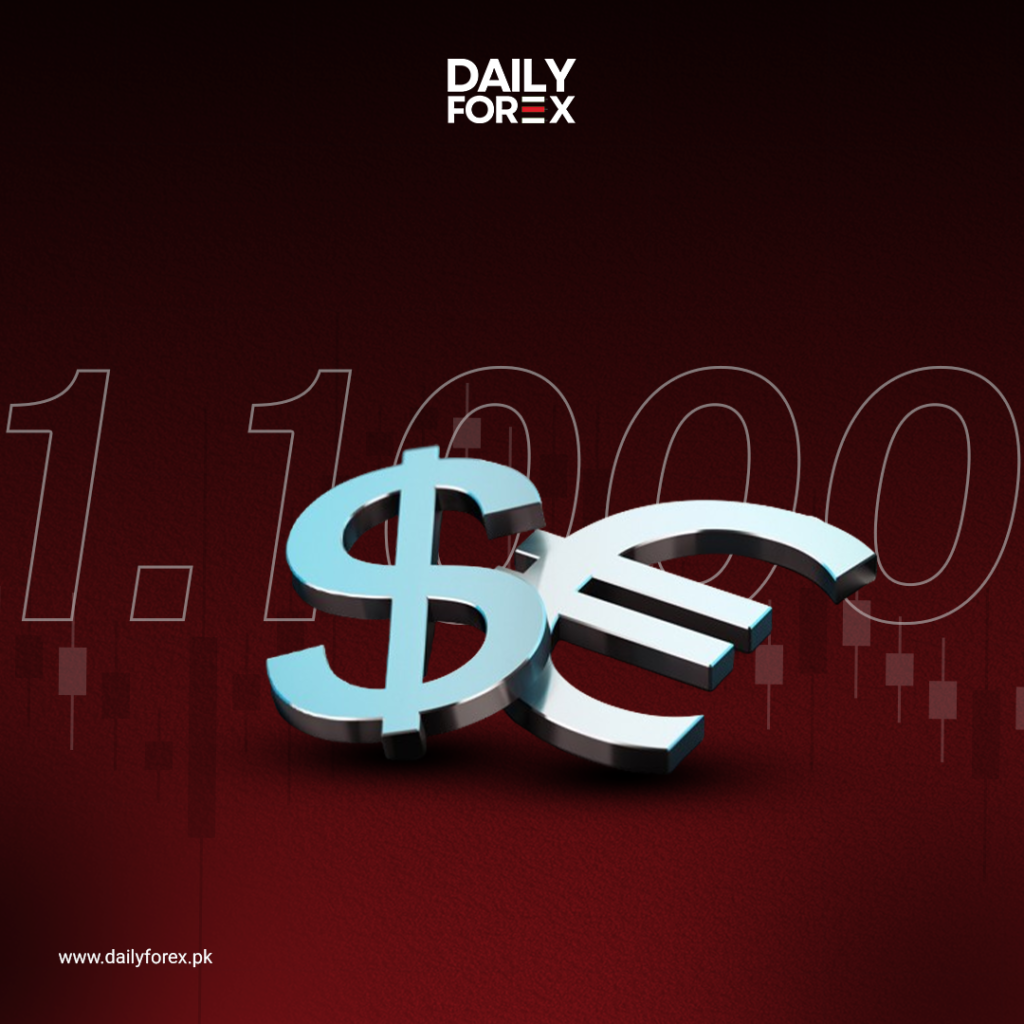The euro (EUR) remains firm in early European trading on Thursday, with EUR/USD hovering just below the key 1.1000 level. The pair’s momentum cooled after Wednesday’s rally, as investors digested a mixed bag of political developments in Europe, renewed dollar demand, and anticipation of crucial U.S. inflation data.
EUR/USD Cools Off Ahead of CPI Print
Following a brief surge toward the 1.1100 mark, EUR/USD pulled back as markets responded to U.S. President Donald Trump’s announcement of a 90-day pause on reciprocal tariffs for countries that have not retaliated against earlier trade measures. The euro initially benefited from the political stability following Germany’s coalition agreement, but dollar bulls returned, fueled by pre-CPI positioning and profit-taking.
The U.S. Dollar Index (DXY) rebounded from intraday losses to test the 103.00 level midweek before easing again, reflecting cautious optimism ahead of Thursday’s U.S. Consumer Price Index (CPI) release.
Tariff Headlines Keep Traders on Edge
Markets remain deeply sensitive to the unfolding trade landscape. Trump’s administration imposed a universal 10% tariff on all imports starting April 5, with higher, targeted tariffs—ranging from 20% for the European Union to 125% for China—set to follow. The Chinese tariffs go into full effect on April 10, injecting fresh tension into an already volatile environment.
European Commission President Ursula von der Leyen signaled that while Brussels is open to dialogue, it won’t hesitate to respond in kind if the EU economy is threatened. Analysts warn that escalating tariffs could knock 0.5% off Eurozone GDP—a scenario investors are now beginning to price in.
Central Banks in a Balancing Act
The Federal Reserve opted to hold rates steady in its most recent policy meeting, citing concerns over tariff-induced inflation and softening economic momentum. Fed Chair Jerome Powell confirmed that rate cuts remain a possibility, especially if growth data deteriorates, but cautioned that tariffs may also fuel fresh price pressures.
On the other side of the Atlantic, the European Central Bank (ECB) trimmed its benchmark rate by 25 basis points and left the door open for further easing. While officials maintain that inflation should ease by 2026, the near-term outlook is clouded by trade uncertainty and external risks.
ECB President Christine Lagarde emphasized the economic downside of a prolonged U.S.-EU tariff standoff, estimating it could weigh heavily on the bloc’s growth trajectory.
Traders Trim Euro Exposure Ahead of Key Events
Recent Commitment of Traders (COT) data shows a slight reduction in speculative long euro positions, reflecting cautious sentiment heading into what traders now call “Liberation Day”—the day Trump’s tariff revisions take effect. While sentiment remains slightly bullish overall, many market participants are taking a wait-and-see approach.
What’s Next for EUR/USD?
The immediate focus now shifts to the U.S. March CPI print, which could significantly influence the Federal Reserve’s next policy move. A hotter-than-expected reading may delay rate cuts and support the dollar, while a softer number could revive dovish bets and lift EUR/USD back toward the 1.1100 region.
Additionally, speeches from Fed officials and ECB policymakers in the coming days could steer sentiment further. Any update on tariff negotiations, especially with China and the EU, may trigger sharp reactions in both currency and equity markets.
Stay Updated with Daily Forex Pakistan.





1 Comment
You actually revealed that perfectly!
casino en ligne
Nicely put. Kudos.
casino en ligne francais
Amazing facts, Thank you.
meilleur casino en ligne
You made your point pretty nicely.!
casino en ligne
Tips well utilized.!
casino en ligne
Whoa quite a lot of good information.
casino en ligne francais
With thanks! A good amount of forum posts.
casino en ligne fiable
You actually mentioned this well!
casino en ligne fiable
Truly a good deal of terrific advice!
casino en ligne francais
Thanks a lot, Useful information!
casino en ligne francais